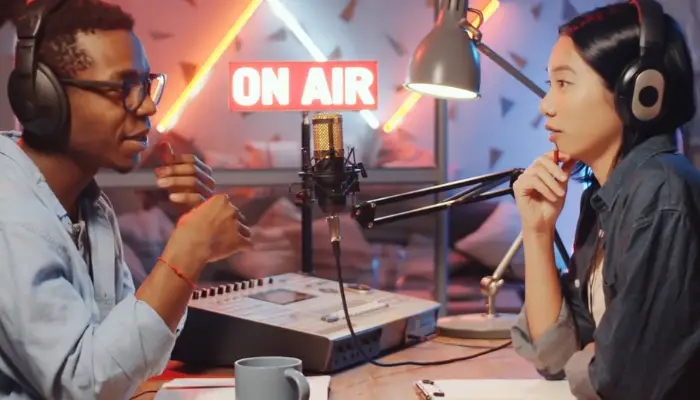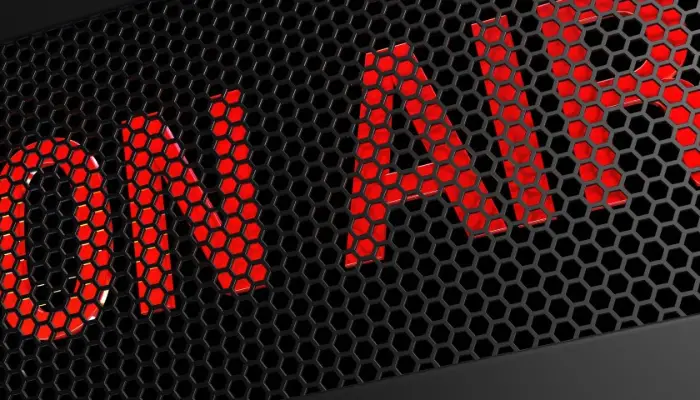Episode 2 - Coverage: making Digital Radio available to more listeners.
The three biggest influencers in today’s digital radio market are choice, coverage and cars. By giving the right attention to these ‘three Cs’, we and the wider industry have helped – and will continue to help – this much-loved medium to thrive.
In this series, we’re looking at each of the three elements in detail to get a better picture of how far digital radio has come already, and what’s likely to happen next. After starting with choice, the next stop on our tour is coverage.
We’ve come a long way
To say that DAB has come a long way since its inception and bumpy early years is an understatement. Gone are the days when even the cheapest of DAB radio sets cost hundreds of pounds and only those in major cities had reason to buy one.
Coverage is a huge and integral part of this incredible journey; for digital radio to become the norm – as is quickly happening – it must be available to listeners everywhere, just as FM was before it. That’s what the industry has worked so hard to achieve, and we’ve been right at the centre from day one.
When Ofcom gave the go-ahead for the first national DAB multiplexes in the mid-1990s, Arqiva built the networks. As the decade closed, we built the transmission networks for Digital One (D1), the first commercial national DAB multiplex; then came the second in 2016 – a project on which we were part of a joint venture with Wireless Group and Bauer.
One last local push
Work has been underway since 2015 to expand the local DAB transmission network towards commercial FM equivalence. This would put digital radio in a much stronger position to fully take the reins from its predecessors, much like it has done in Norway.
We’re now coming to the end of our part in this, a project that has seen us build out nearly 300 new digital transmitters across the UK. In many of the licenced coverage areas for local multiplexes, this has allowed us to push the DAB platform’s reach to above 90 per cent of the population.
DAB coverage in the UK is at the levels needed for the government to start seriously considering a full digital switchover. The government continues to support a listener-led transition to digital and has stated (since the DCMS Digital Radio Switchover preliminary Analysis in 2013) it will review the next steps for digital radio when certain criteria are met. One of those is local DAB coverage being over 90 per cent, which has now been achieved. The other criteria is that over 50 per cent of radio listening needs to be on digital radio platforms and, according to the latest RAJAR figures, we’re not far off.
The drive to increase and improve coverage must continue if we’re to make sure it becomes the true standard. And, it’s important to realise that it’s not all about just making the network physically bigger.
Quality over quantity
Ever since the digital radio age began, most of the coverage work we’ve done has involved building more transmitters; that’s long been the most logical way to reach larger audiences. As time has gone on, though, our approach has had to evolve. With a smaller percentage of the population to reach but still plenty of work to do, we’ve had to innovate – to make the networks we implement and use work harder than ever before.
Optimisation is the key here, and our best recent example is undoubtedly the Sound Digital network. It was designed to use transmitters more efficiently than any network before it, in order to reach as broad a population as possible. Despite being made up of just 45 transmitters – far fewer than Digital One and the BBC’s networks – it still reaches more than 75 per cent of the population.
It’s equally important that we fine-tune coverage instead of just increasing it. Keep in mind that we’re focused on reaching people rather than areas, so providing service in the sheep fields of the Scottish Highlands won’t be as useful as bringing it to the towns and villages that surround them.
This focus on innovation will be crucial to our goal of increasing accessibility even further, but that’s not to say it will be easy.
Challenges to overcome
Whilst we covered a huge area with just 45 sites, the way in which DAB propagates means we could need twice as many sites to reach even just the next ten per cent of listeners. This isn’t out of the question; filler transmitters can be strategically placed to cover gaps, but these then have knock-on effects on existing infrastructure. Figuring out how to minimise disruption and fund all the extra work would need to take priority.
Site acquisition is another consideration. We rolled out nearly 300 sites as part of the most recent push, and a lot of those were new. It required us to find locations that were both technically suitable for transmitting and attainable; another part of the process that costs time and money, regardless of whether we buy or lease.
When all the funding, plans and sites are secured, we must ensure everything works together. Each multiplex uses a single frequency network and needs its own rational view of time – every other transmitter must then be aligned with that. As we’ve built out larger networks timing has become more critical than ever.
We’re ready to make it happen
These are the kinds of obstacles that Arqiva and its peers in the broadcast sector have spent decades overcoming. That’s why we’re in the perfect position to help push DAB even further forward and into the homes of listeners in all corners of the UK.
So many consumers are already moving over to digital, inspired by incredible choice, new accessibility and, of course, cheaper digital radio sets. With more innovation and some careful spectrum-planning, we’ve no doubt that DAB will become the undisputed leading platform of radio.
Views

Putting digital radio in the spotlight

Talent Makes Radio Flow

Broadcast radio listening to remain strong until at least 2030
